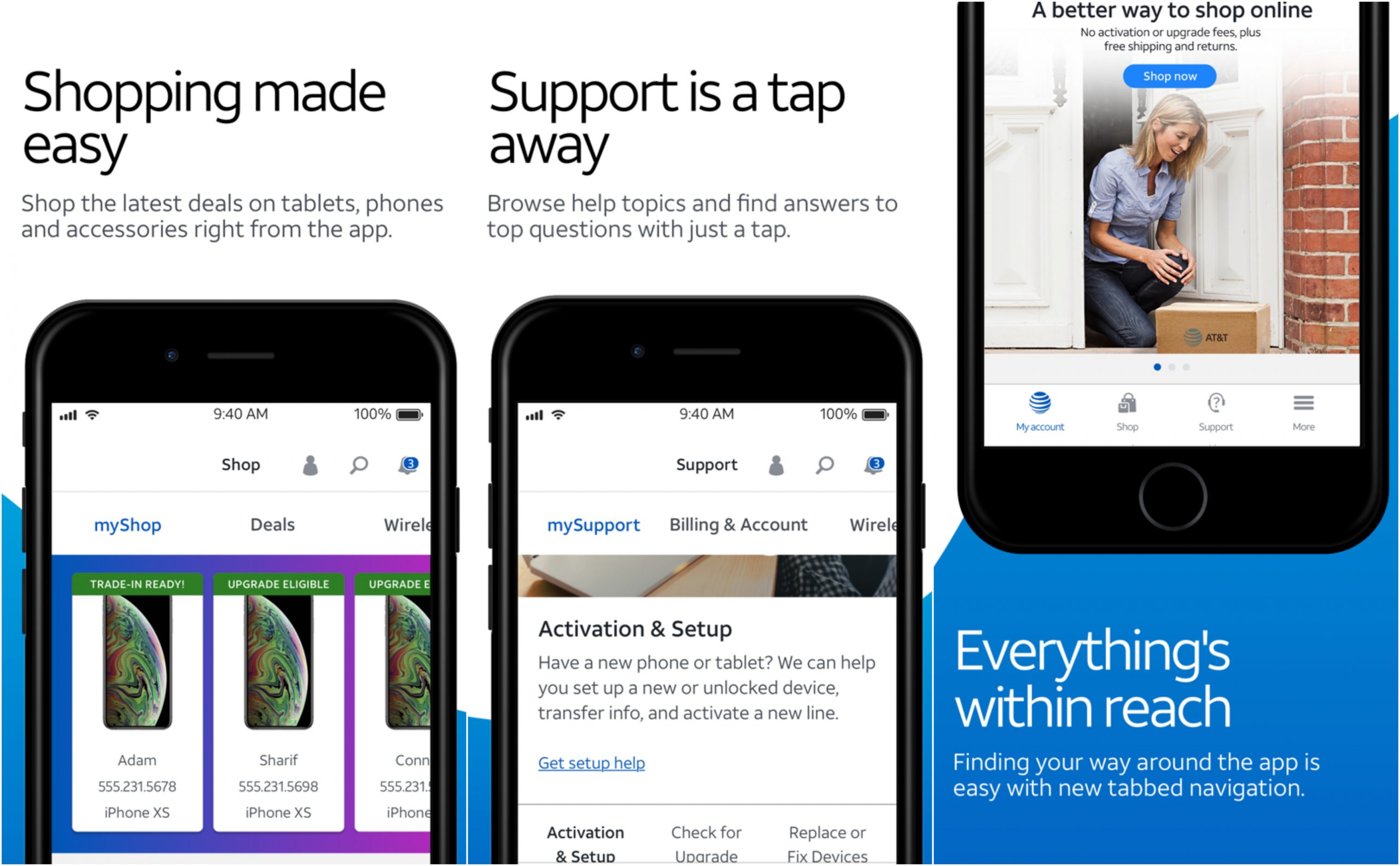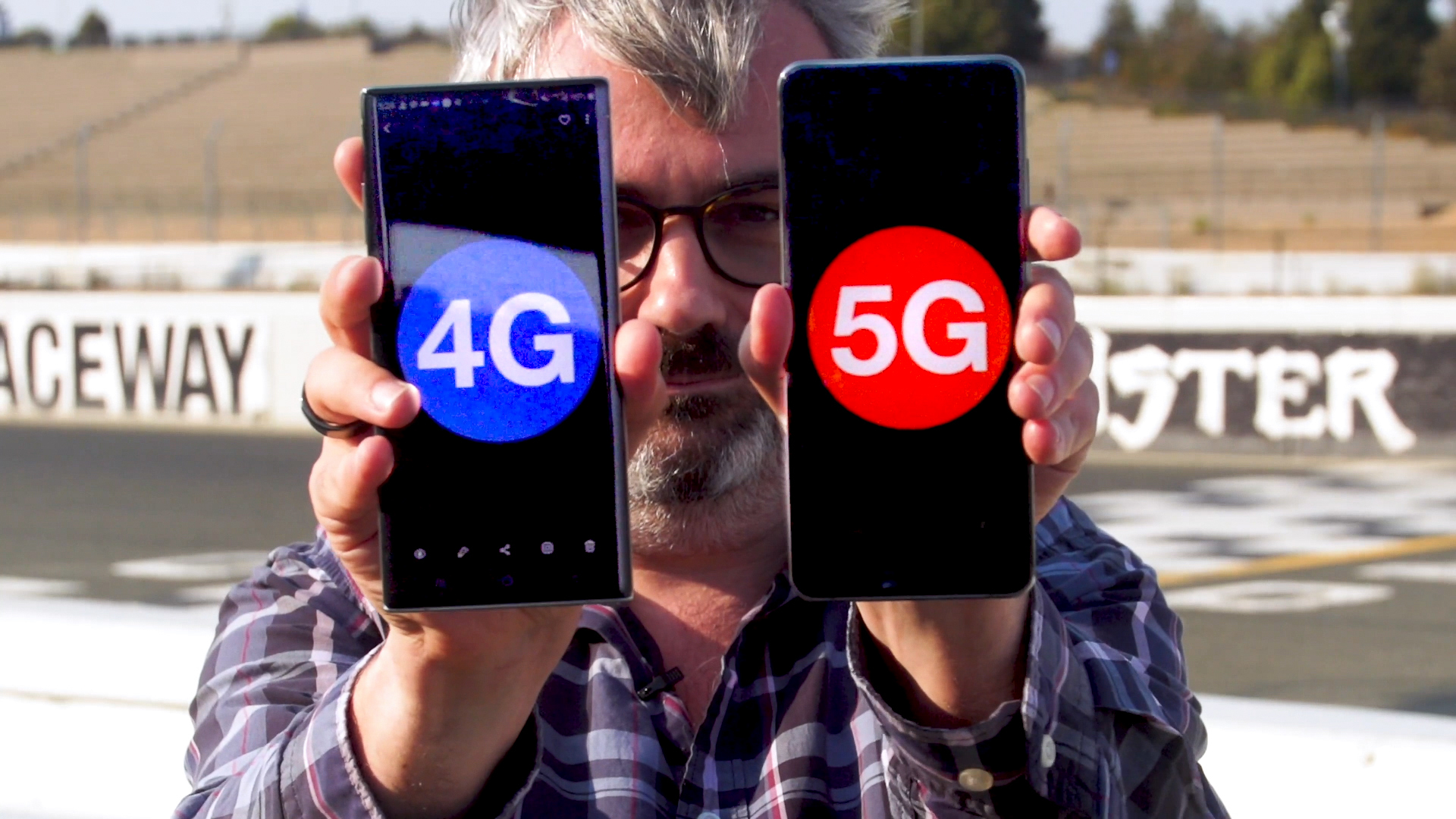

- #Using myatt app without upgrading device how to
- #Using myatt app without upgrading device install
- #Using myatt app without upgrading device upgrade
- #Using myatt app without upgrading device full
- #Using myatt app without upgrading device windows 10
3, make sure to use the compact.exe /compactOS:never command.To give users more control over their files and limit file clutter,Īndroid 10 introduced a new storage paradigm for apps called When the feature is no longer needed, you can always revert the changes using the exact instructions, but on step No.
#Using myatt app without upgrading device windows 10
Type the following command to compress the installation of Windows 10 and press Enter:Īfter you complete the steps, the process will reclaim around 2GB of storage without affecting performance significantly.
Search for Command Prompt, right-click the top result, and select the Run as administrator option. To shrink the size of the Windows 10 setup, use these steps: #Using myatt app without upgrading device full
It is recommended to make a temporary full backup of your PC before proceeding. Warning: This is a friendly reminder that modifying system files are risky, and it can cause irreversible damage to your installation if you do not do it correctly. If the device still needs more space, you can also use "Compact OS," a command-line tool designed to compress and reduce the footprint of the Windows 10 installation and apps on devices with limited storage.
#Using myatt app without upgrading device upgrade
Continue the on-screen instructions to complete the installation process (if applicable).Īfter you complete the steps, the upgrade process will complete successfully without the need to go through the out-of-box experience (OOBE) since this is technically an upgrade. Select the Keep personal files and apps option (if applicable). If the options offered by the setup is not enough, you may be able to clear up more space with these instructions, or you can also use the Compact OS tool (see below).Ĭlick the Refresh button after clearing some storage. Quick note: Although you can use an external drive for temporary installation storage, the primary hard drive still needs some minimum room to proceed with the upgrade. Quick tip: Windows 10 also allows you to use a secondary hard drive if available and if it has enough available space.Ĭlick the Open button for "Recycle Bin," "Downloads," and "Storage Use" to free up space on the device to continue with the installation (if applicable). Under the "Windows needs space to update" section, use the "External Storage Device" drop-down menu and select the empty USB flash drive. Under the "Devices and drives" section, double-click the USB flash drive with the installation files.ĭouble-click the setup.exe file to launch the Windows 10 setup. Select the This PC tab from the left pane. Quick tip: You can quickly open File Explorer from the Start menu or using the Windows key + E keyboard shortcut. Connect both the USB flash drive with the Windows 10 installation files and the other empty USB flash drive. Connect the USB OTG cable or the USB hub to the computer to be upgraded (as necessary). #Using myatt app without upgrading device install
To install a new release of Windows 10 on a device with limited capacity, use these steps: Install a new version of Windows 10 from USB flash drive Once you complete the steps, the tool will download the files and create an installer with the latest installation files, which you can then use to upgrade a device with limited storage capacity. Select the USB flash drive (or click the "Refresh drive list" option to make it available). Select the correct language, architecture, and edition of Windows 10.
 (Optional) Clear the Use the recommended options for this PC option. Select the Create installation media (USB flash drive, DVD, or ISO file) for another PC option. Click the Accept button to agree to the terms. Double-click the MediaCreationToolxxxx.exe file to launch the tool. Under the "Create Windows 10 installation media" section, click the Download tool now button to save the file on the device. To create an installation media, connect a USB flash drive to the secondary computer, and use these steps: This process requires a USB flash drive with the latest installation files of Windows 10, which you can create using the Microsoft Media Creation Tool. If there is only one free USB port, you will also need a USB hub with a least two ports.Ĭreate a Windows 10 installation flash drive. If the device has a Micro-USB port, you will need a USB On-The-Go (OTG) cable to adapt the port to a standard USB connector. Two empty USB flash drives, each at least 16GB in size. A second computer to create a bootable drive. Hardware requirements:īefore you can install Windows 10 on a device with low free storage space, you will need a few things: You'll only need to connect an external drive with enough storage and bootable media. The process to install a new version of Windows 10 on a device with limited storage is straightforward.
(Optional) Clear the Use the recommended options for this PC option. Select the Create installation media (USB flash drive, DVD, or ISO file) for another PC option. Click the Accept button to agree to the terms. Double-click the MediaCreationToolxxxx.exe file to launch the tool. Under the "Create Windows 10 installation media" section, click the Download tool now button to save the file on the device. To create an installation media, connect a USB flash drive to the secondary computer, and use these steps: This process requires a USB flash drive with the latest installation files of Windows 10, which you can create using the Microsoft Media Creation Tool. If there is only one free USB port, you will also need a USB hub with a least two ports.Ĭreate a Windows 10 installation flash drive. If the device has a Micro-USB port, you will need a USB On-The-Go (OTG) cable to adapt the port to a standard USB connector. Two empty USB flash drives, each at least 16GB in size. A second computer to create a bootable drive. Hardware requirements:īefore you can install Windows 10 on a device with low free storage space, you will need a few things: You'll only need to connect an external drive with enough storage and bootable media. The process to install a new version of Windows 10 on a device with limited storage is straightforward. #Using myatt app without upgrading device how to
How to install new versions of Windows 10 on low storage devices






 0 kommentar(er)
0 kommentar(er)
